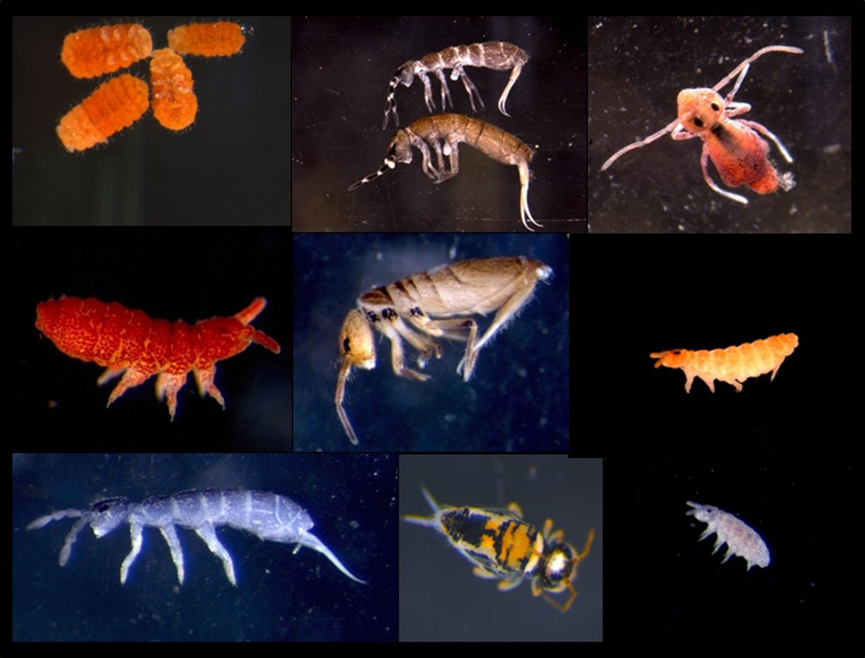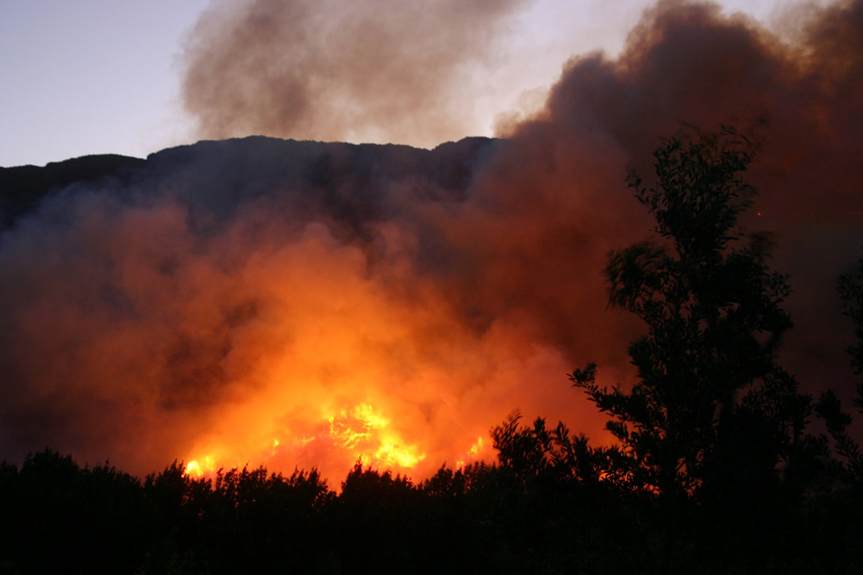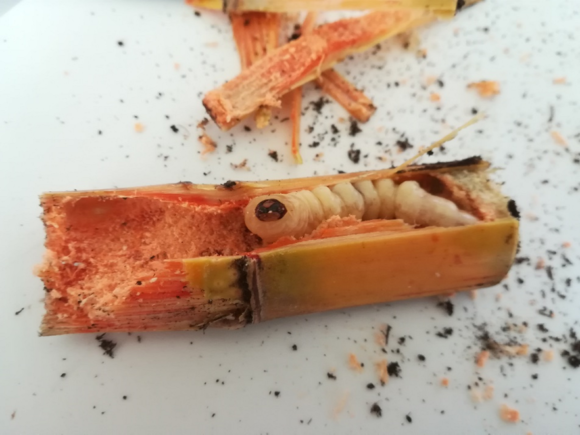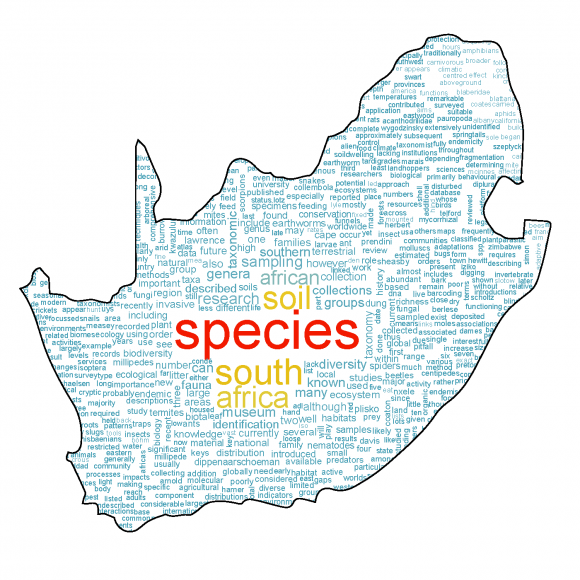7 November 2016 | By Charlene Janion-Scheepers
A recent publication by C·I·B research associates has shown that springtails (Collembola) are able to withstand (resistant) and recover (resilient) from fires in Fynbos ecosystems. Dr Charlene Janion-Scheepers and Prof Steven Chown, both from Monash University (Australia) and colleagues undertook a study to investigate how springtails respond to fires.

Like many other soil organisms, springtails play an important role in soil ecosystems. Springtails add nutrients to the soil by speeding up the process of decomposition and help with the formation of soil microstructure. Despite their importance in soil ecosystems, little is known about their response to fires, a major structuring force in Fynbos ecosystems.
In their study, the authors investigated the response of springtails to an unplanned fire in the Jonkershoek Nature Reserve, South Africa, by monitoring species richness and abundance one year before and three years after a fire.

The springtail groups in this Fynbos system showed slightly more resistance to fire than resilience after the fire, but with important differences among Erica– and Protea– dominated areas.
Although the Fynbos springtail groups had not fully recovered to pre-fire abundance after three years, many species appear to be resistant to or recover rapidly after fires, at least as determined over the relatively short (four years) duration of the study.
“It is likely that this response was influenced by the availability of suitable refugia within the sites sampled and by species-specific traits,” explains Charlene Janion-Scheepers, lead author of the paper published in Applied Soil Ecology.
Charlene adds, “given changing fire regimes and the increasing frequency of fires due to human activities, the system will likely become more dominated by resistant springtail species that prefer nutrient rich environments and easily decomposed litter. This study not only highlights the resilience of springtails to fire in the Fynbos system, but also their use as biological indicators.”
Read the paper in Applied Soil Ecology
For more information, contact Charlene at charlene.janionscheepers@monash.edu




